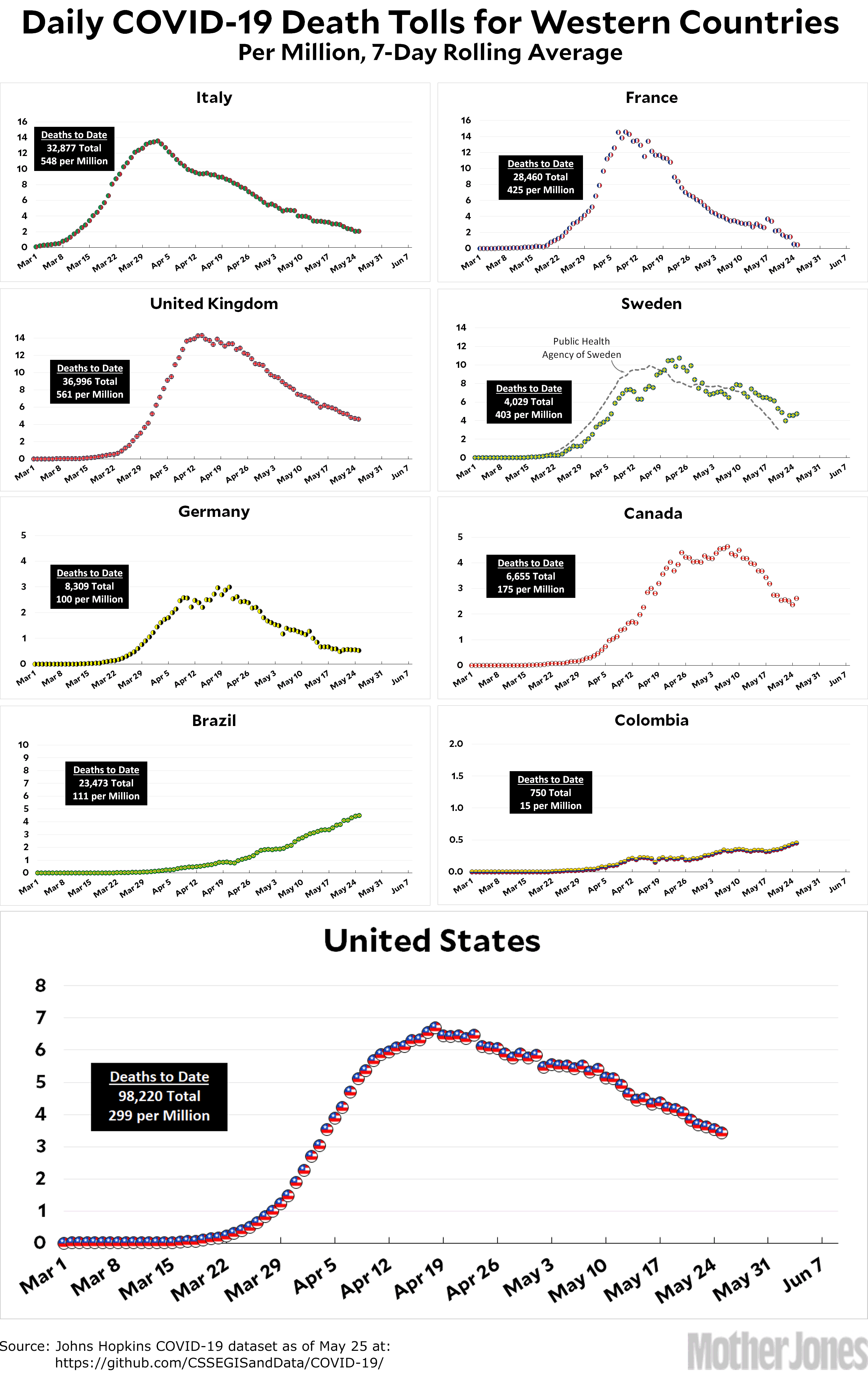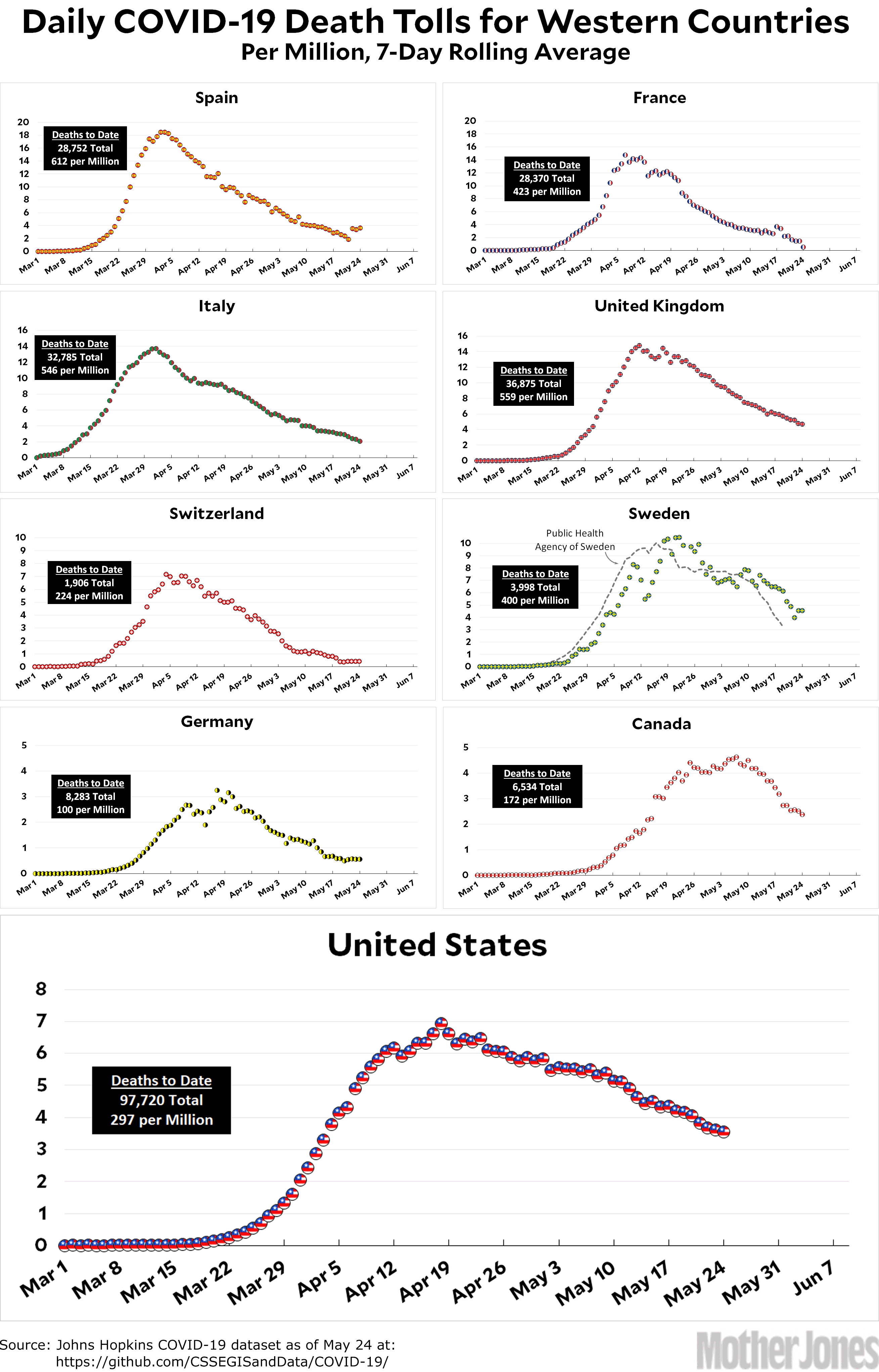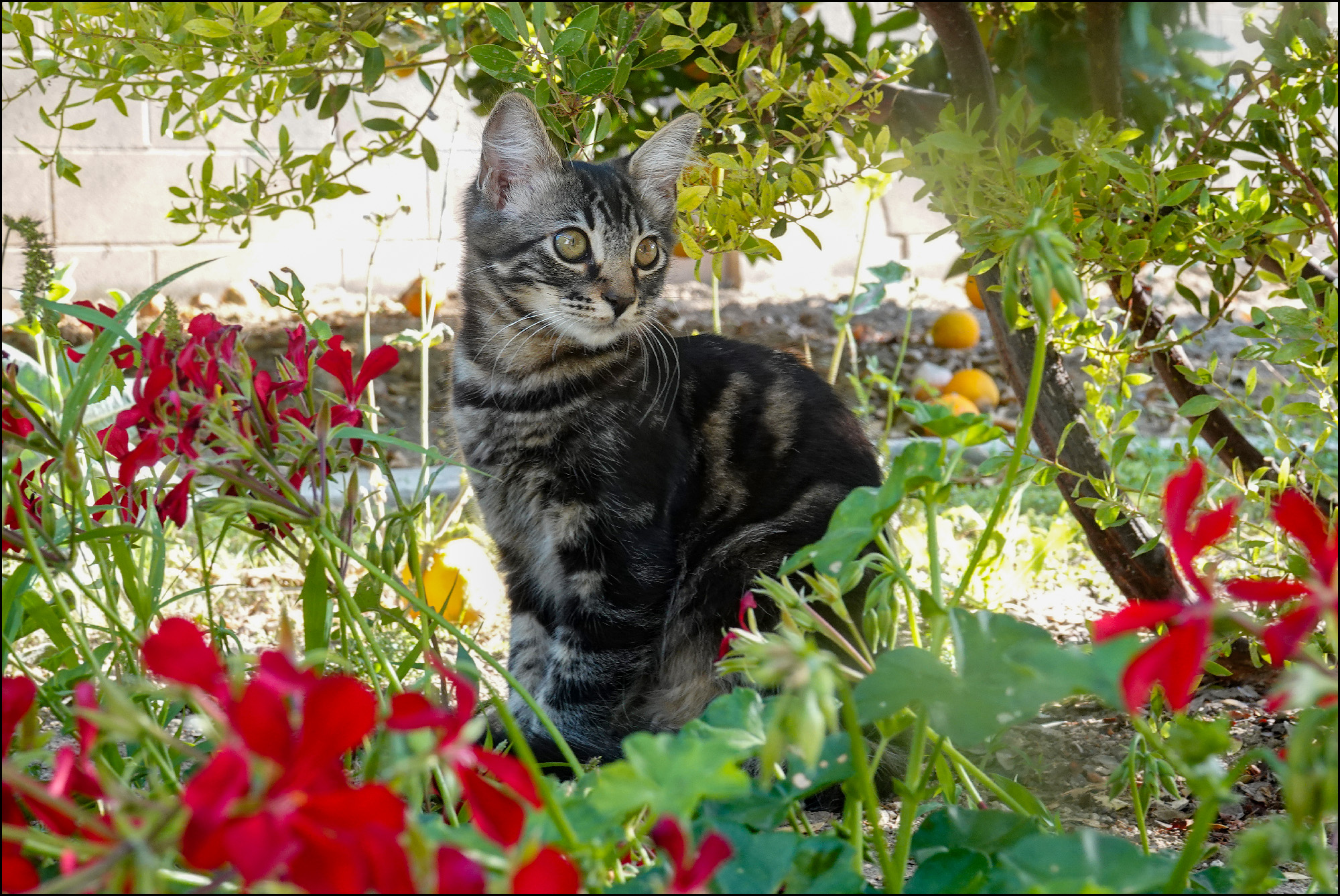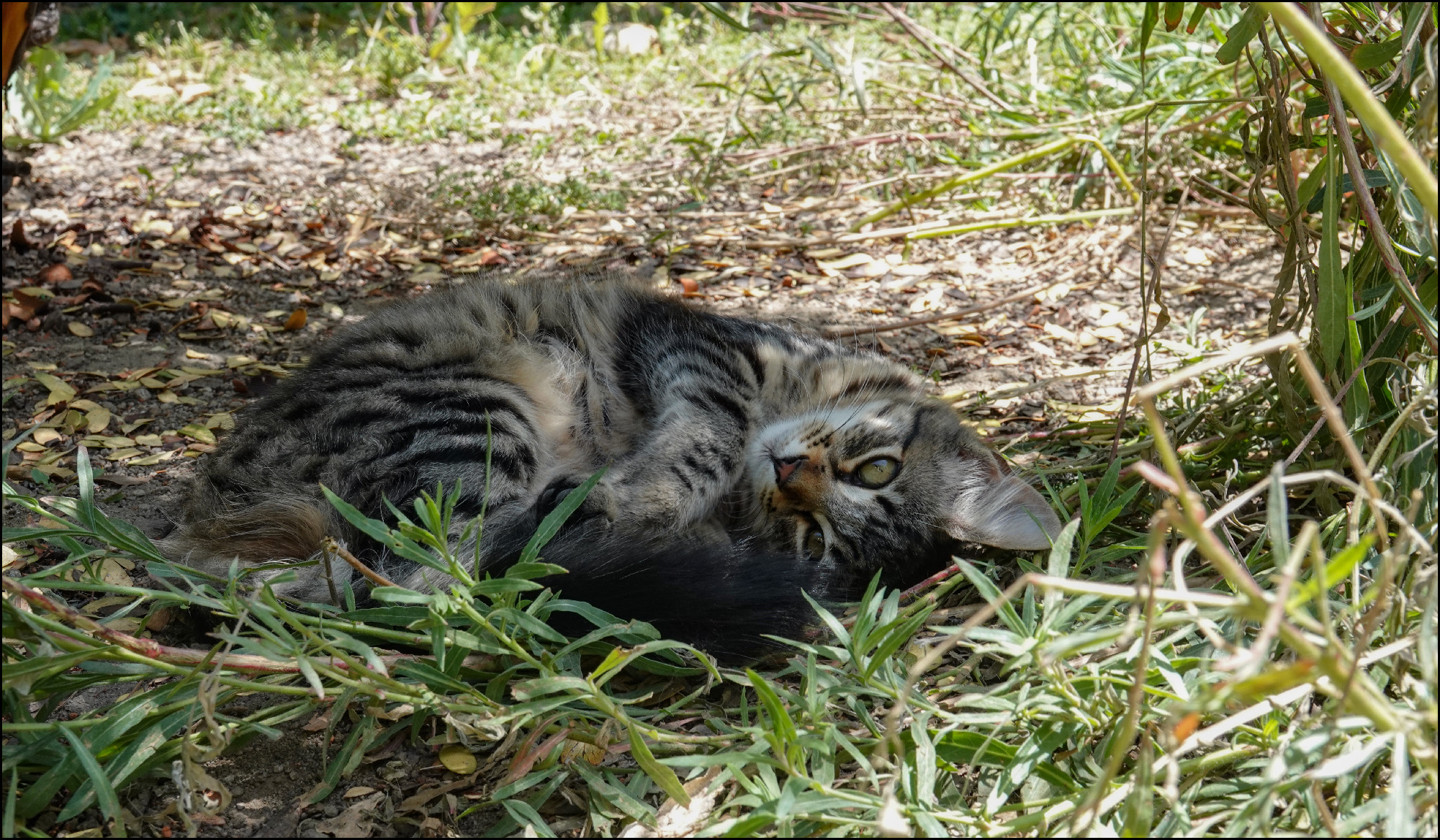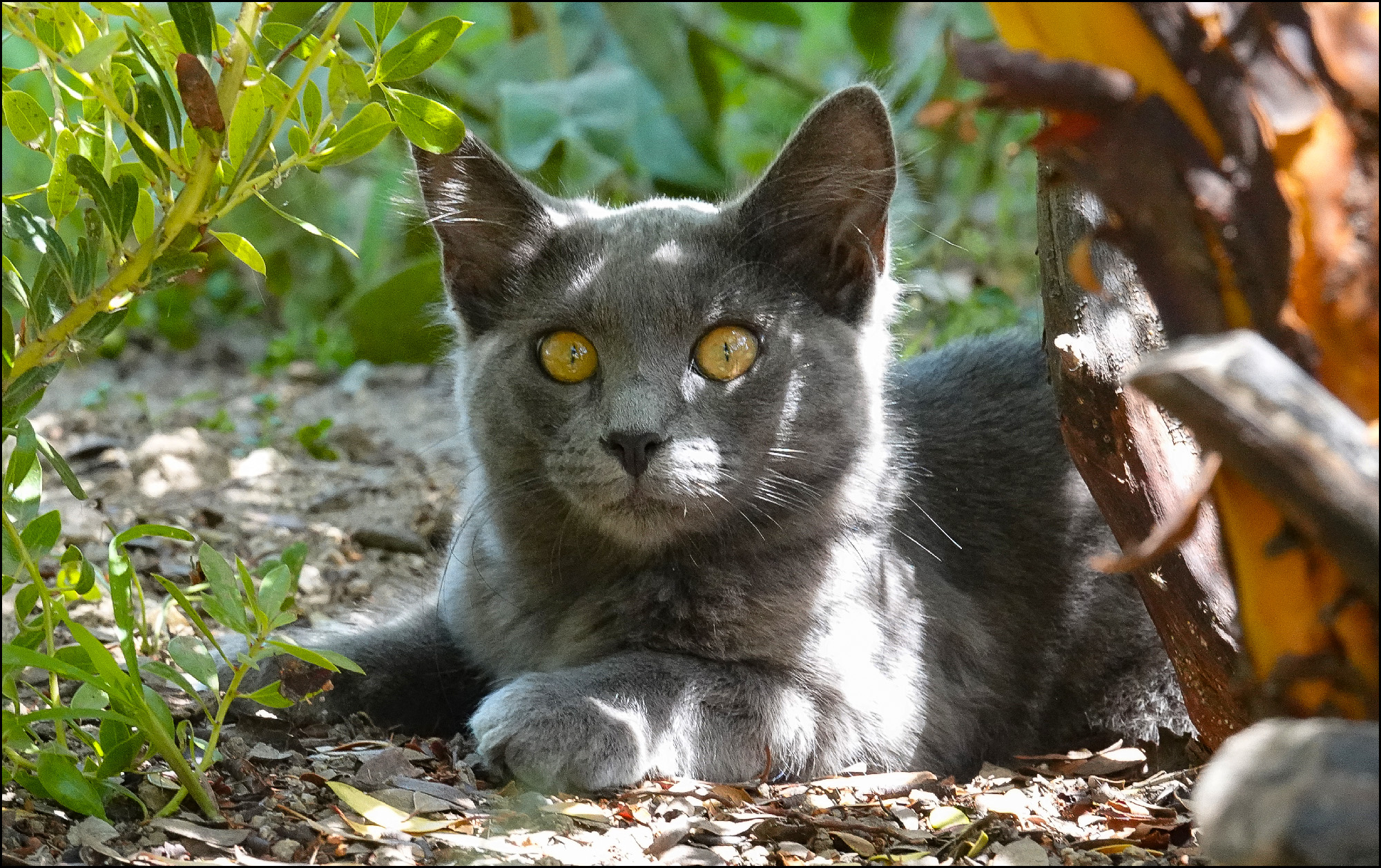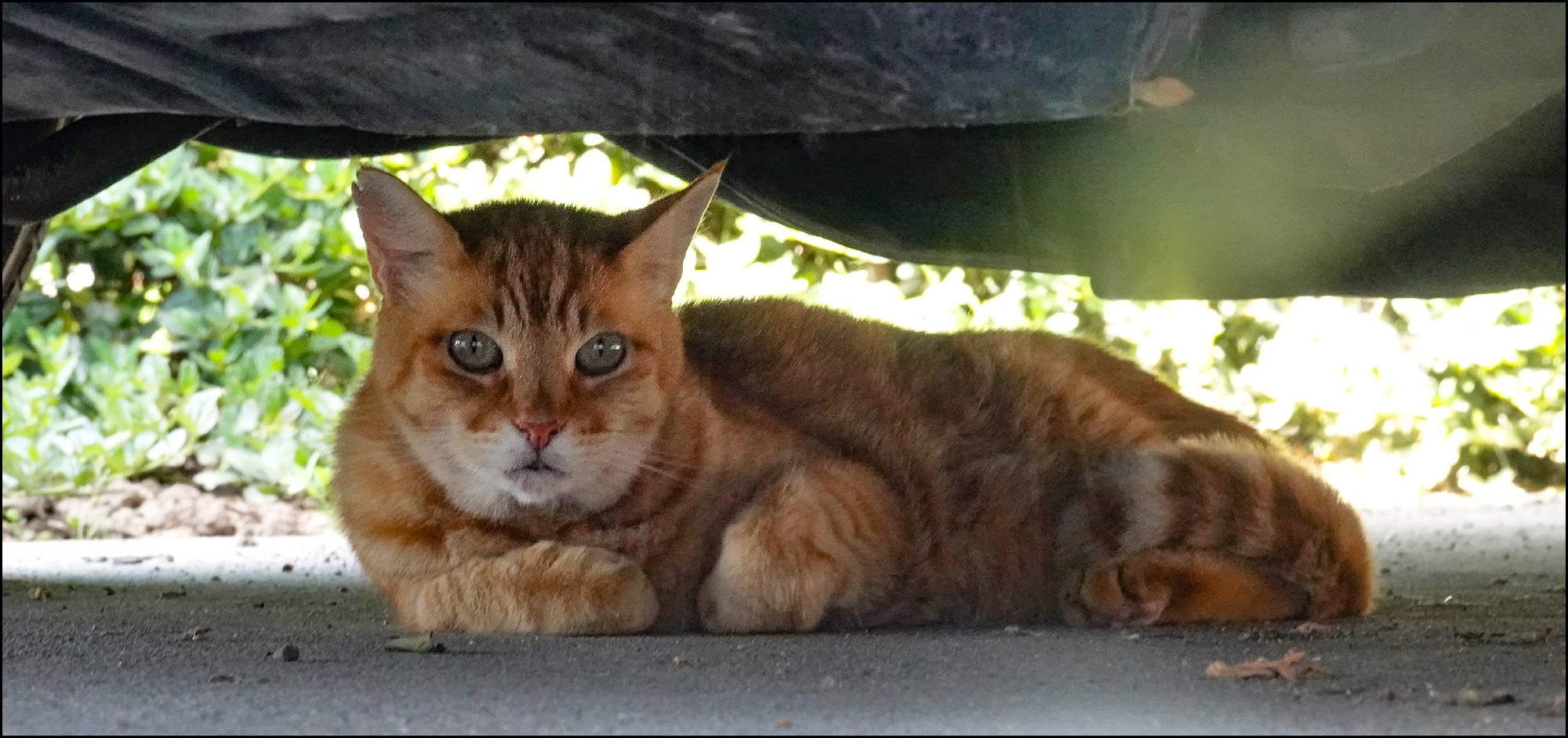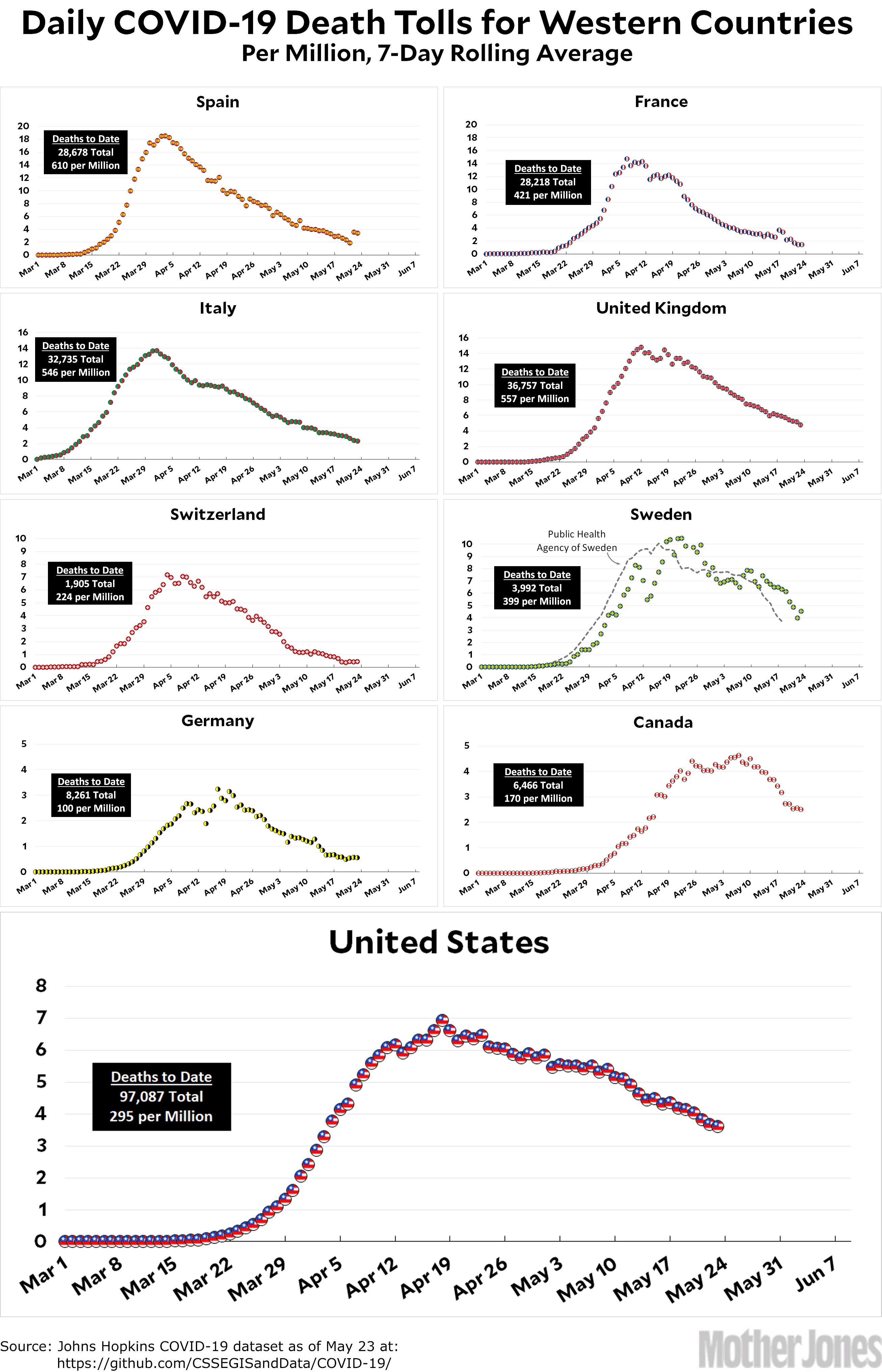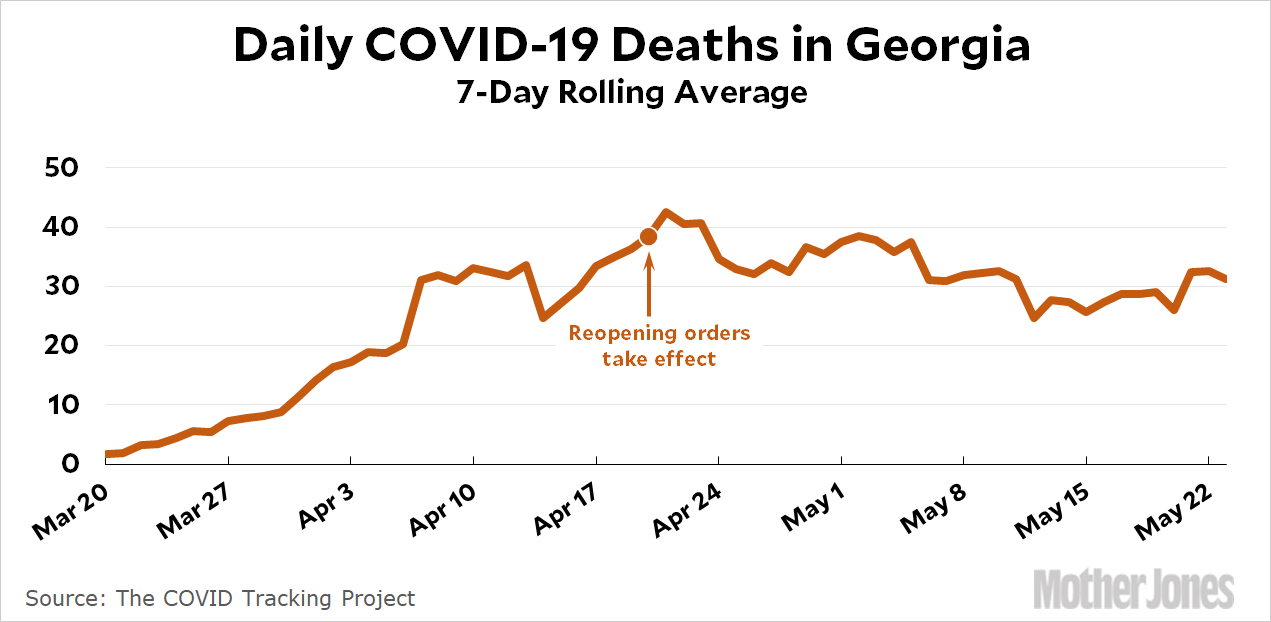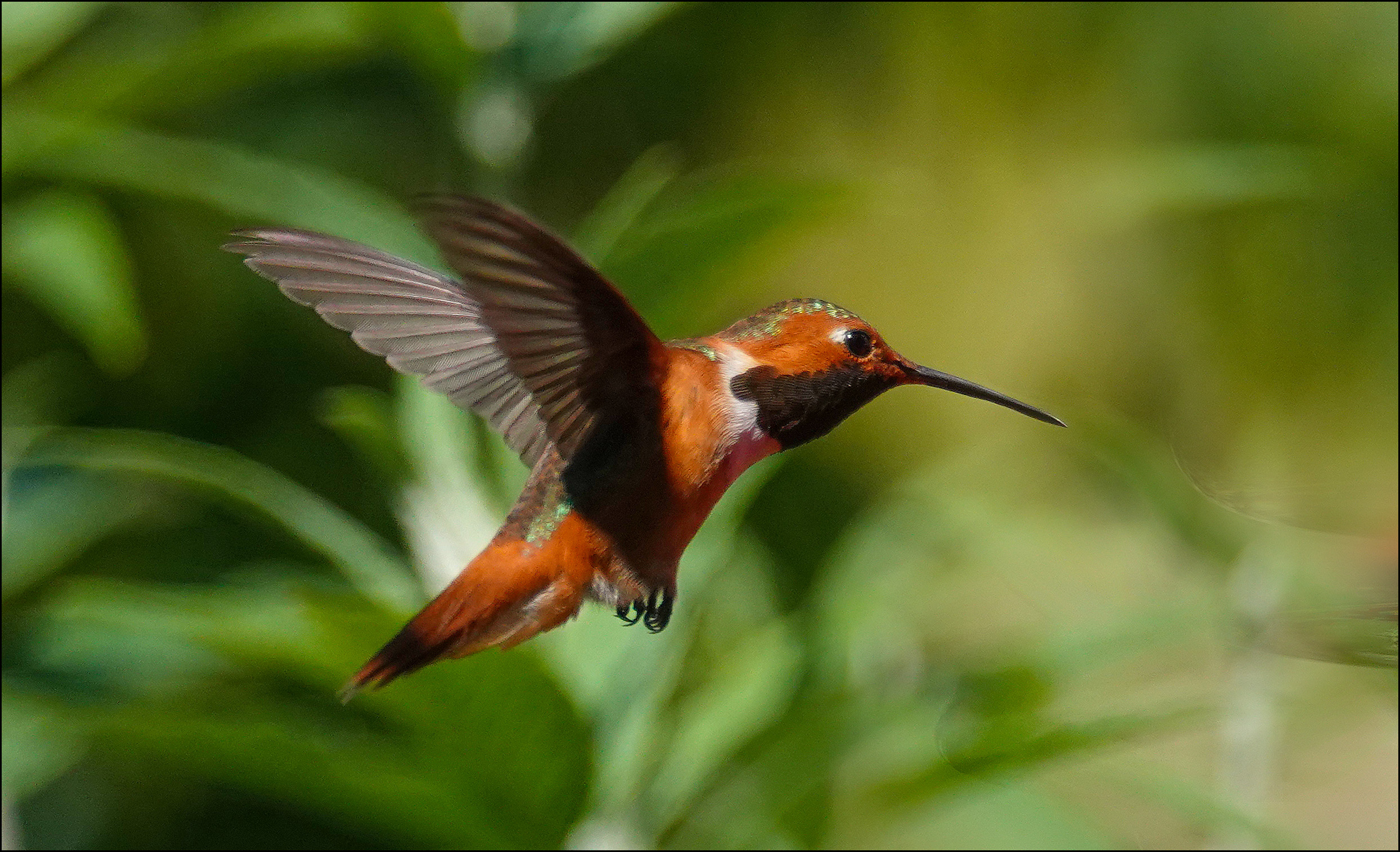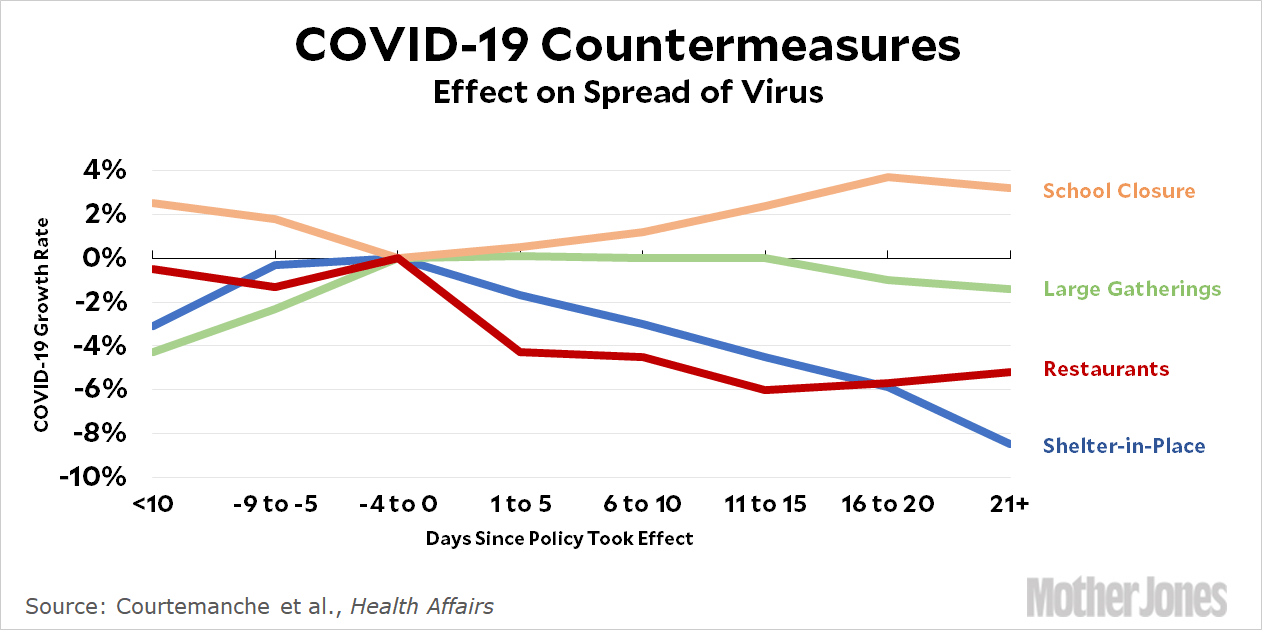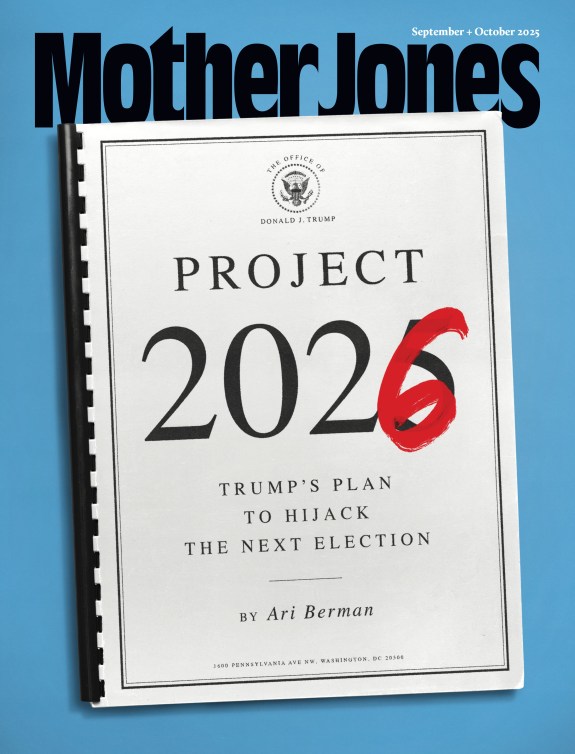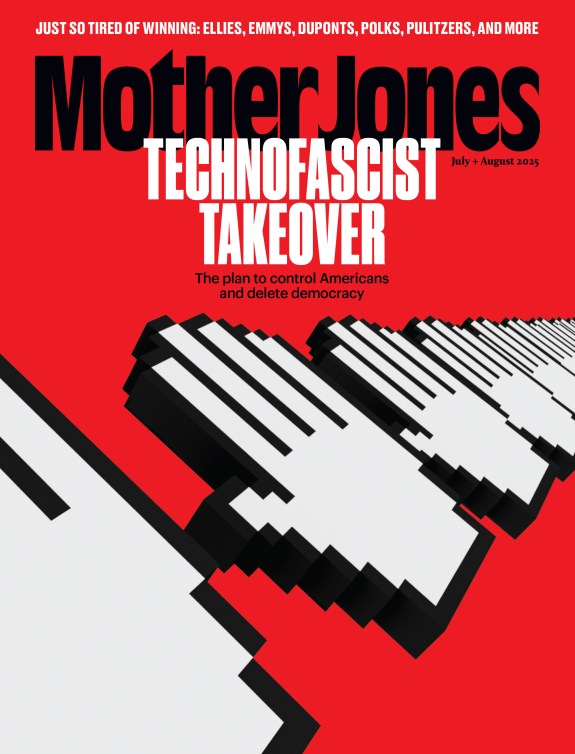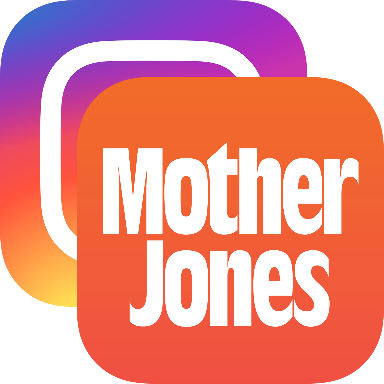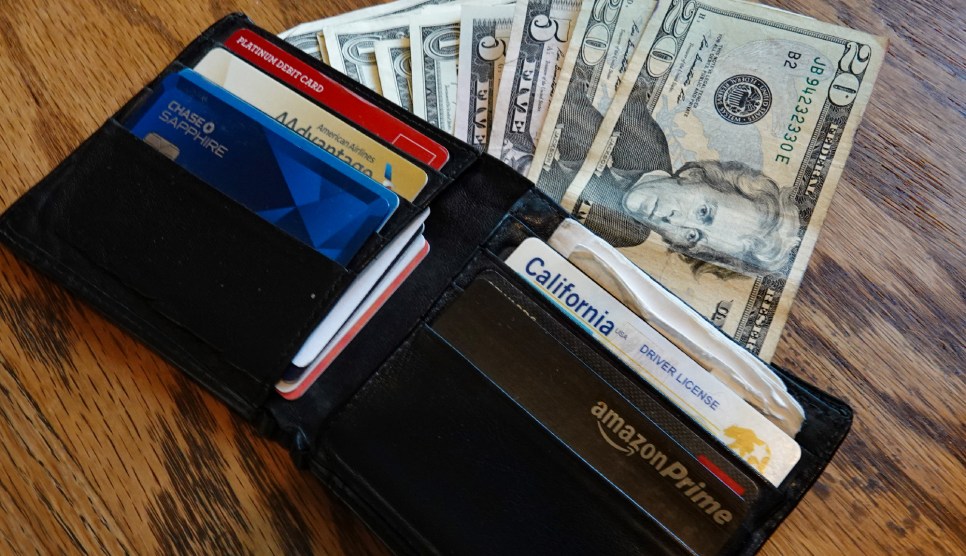
How much will my money be worth by the end of 2020? Should I stick it under a mattress or deposit it in an aggressive growth fund?Kevin Drum
When we finally defeat COVID-19 and everyone goes back to work (think positive!), are we due for a big bout of inflation? Or a big bout of deflation? You’d think top-flight economists could agree on at least this much, but no.
Here’s the basic case for inflation: As the economy opens up, people will go back to work pretty quickly. They haven’t been spending much during the lockdown, and the poor have been showered with money via the stimulus and the bonus unemployment checks. They’ve got a lot of money to spend, so demand is going to be high while supply is still trying to catch up. Thus inflation.
The case for deflation is basically the mirror image: Businesses that have been shut down can rehire workers pretty quickly and get their factories going in a short time. Ditto for service workers like hair cutters and loan consultants. Meanwhile, consumers are still in a state of shock and are going to be pretty careful with their spending for a while. After all, the UI bonus may have been great for the poor and working classes, but the engine of consumer spending is the middle and upper-middle classes, and they lost income during the pandemic. The result is that supply will get on its feet quickly while demand is still uncertain. Thus deflation.
So which is it? My personal view is neither. With a few exceptions, businesses don’t need to produce at full capacity instantly. Likewise, consumer spending isn’t likely to rise to pre-COVID levels immediately. Businesses will get their inventories back up to normal levels while they watch what’s happening to consumer spending. Consumers will start spending more as shortages go away and they gain confidence that another coronavirus wave isn’t coming. Business will see that and produce more. Consumers will see that and spend more. After a few quarters, everything will be back to normal with no significant effect on inflation at all.
I could, of course, be totally wrong. All of this depends not on twenty pages of Greek-letter math, but on a simple prediction of human behavior. If consumers, in particular, turn out to be far more cautious than I think, deflation may be in our future. Conversely, if it turns out they all want to party and they want to do it now, then we might get some inflation. I’m not willing to place a bet on either one, but if you think you know human nature better than me, Wall Street will be happy to take your bet on an inflation target for the next few months. Go for it.
POSTSCRIPT: Of course, this all assumes we don’t get a huge second wave of COVID-19 that kills us all, in which case inflation will be the least of our worries. Think positive!


